Green trend is inevitable
A green approach to economic recovery, aiming at the dual goals of economic growth, environmental protection and climate change response, is the top choice of many countries. Vietnam is no exception.
That is the opinion of Associate Professor, Dr. Tran Dinh Thien, Member of the Prime Minister's Economic Advisory Group, former Director of the Vietnam Economic Institute at the workshop "Vietnam's Green Vision and Typical Stories".
At the COP26 Conference, Prime Minister Pham Minh Chinh made a commitment to achieve net zero emissions by 2050. In addition, to more quickly achieve the long-term goal of sustainable development, becoming an upper-middle-income country by 2030 and a high-income country by 2045, ensuring that all people have a quality life both materially and spiritually, choosing a green recovery is inevitable.
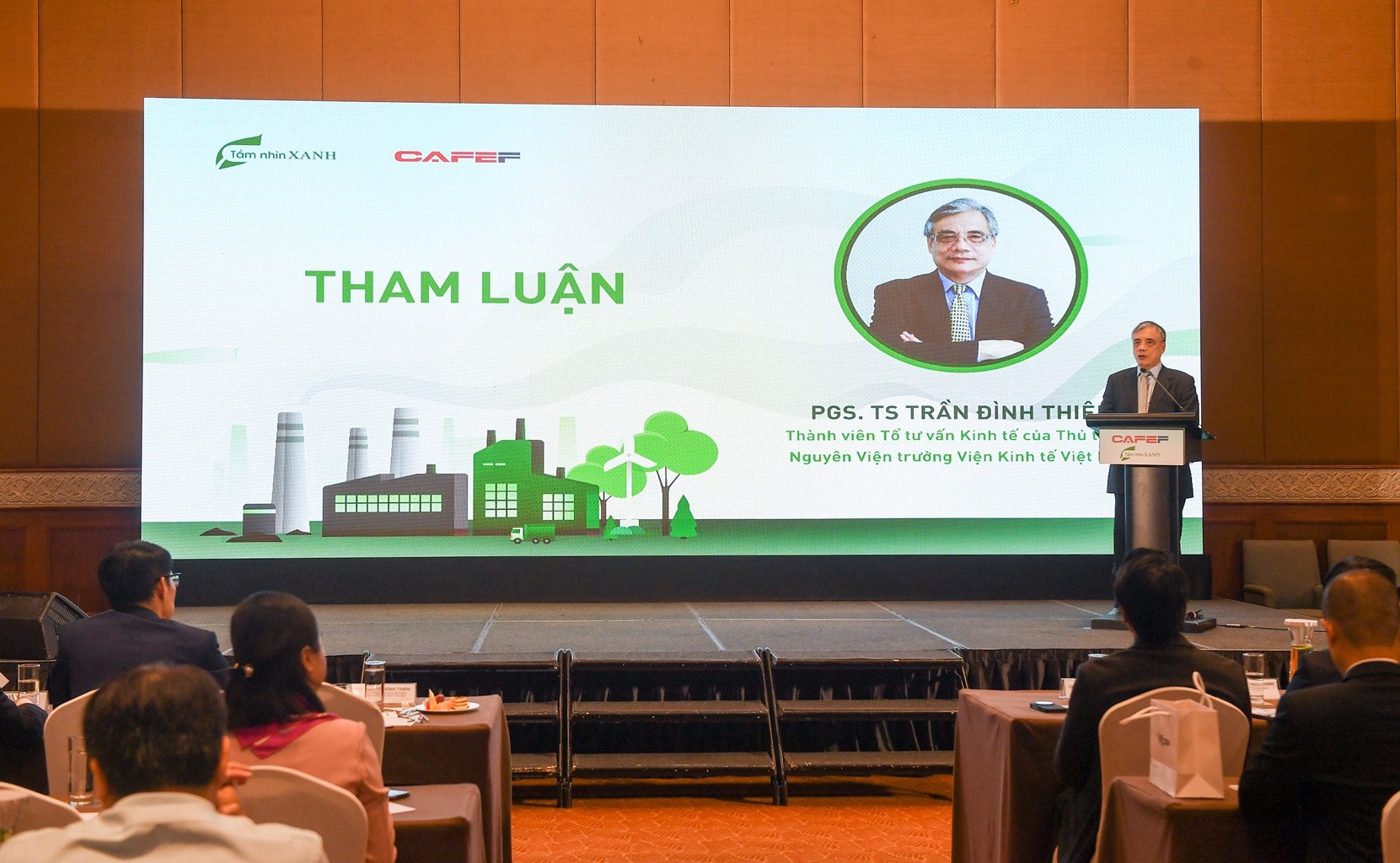
Mr. Thien said that Vietnam has issued two national strategies on green growth. The 2011-2020 period has passed, we are implementing a new phase with a clear and specific vision.
“To concretize the green growth strategy, Vietnam has approved an implementation plan with 17 topics, 57 task groups and 143 specific tasks; at the same time, it has built an integrated green growth index. This is an extremely important indicator. To do this, resources must change a lot. We may need up to 200-300 billion USD by 2030,” said Mr. Thien.
Although the commitment to zero net emissions by 2050 is very stressful and challenging, Mr. Tran Dinh Thien emphasized that challenges need to be turned into opportunities to be successful.
Meanwhile, Mr. Nguyen Cong Thinh, Deputy Director of the Department of Science, Technology and Environment (Ministry of Construction), informed that green buildings in Vietnam have been developed for about 15 years.
According to data, by the end of the third quarter of 2023, the number of green buildings in Vietnam was 305, with a total certified floor area of nearly 7.5 million m2. However, compared to over 100 million m2 of floor space for housing and office space each year, this number is too small. The potential for green building development is still very large.
Mr. Thinh emphasized that the construction sector is closely related to many stages. Projects designed, built, and operated according to green building standards will promote the supply chains of materials, equipment, as well as human resources for planning, design, and construction consulting in the direction of meeting green standards.
Source of power towards sustainable development
Ms. Nguyen Vu Quynh Anh, General Director of Sun Hospitality Group, believes that tourism development in the right direction will help the economy gradually shift from “brown” to “green”. To continue developing green projects, in the coming time, the group will continue to put into operation projects and resort complexes that meet the highest criteria for service quality and green criteria.
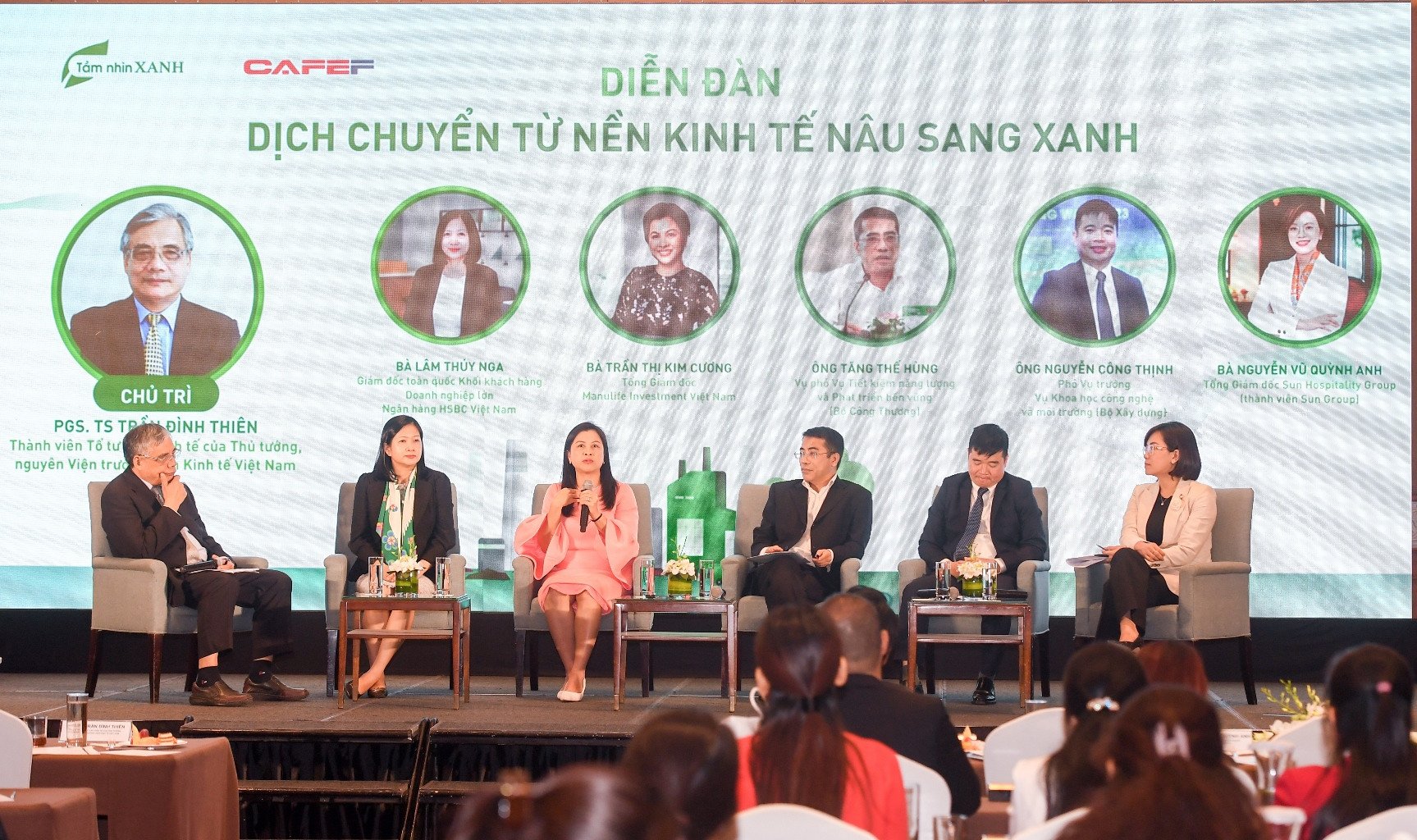
In the field of transportation, Mr. Nguyen Van Thanh, General Director of GSM, said that green transportation is a method for sustainable development, contributing to orienting net emissions towards zero.
This person cited a remarkable figure when developing green transportation, that is, the average revenue of a GSM electric taxi and motorbike is equal to a gasoline car, while the fuel and maintenance costs are only 1/3 of a gasoline car. Meanwhile, the revenue from the electric taxi market is estimated at about 600 million USD and motorbike taxi is 2.5 billion USD/year.
In the production and consumption sectors, many businesses in Vietnam have pioneered in not using plastic packaging or using biodegradable plastic. Some businesses, such as Duy Tan Recycled Plastic, have invested huge amounts of money to build high-tech recycled plastic factories, producing environmentally friendly recycled plastic products, serving domestic consumption and exporting to 12 countries around the world.
Net zero target is challenging but achievable
Mr. Tang The Hung, Deputy Director of the Department of Energy Saving and Sustainable Development (Ministry of Industry and Trade) assessed that Net Zero is a huge challenge in the process of economic development.
Under the business-as-usual scenario, Vietnam’s total emissions by 2030 are expected to be 932 million tons, of which the energy sector accounts for 680 million tons. Therefore, achieving the Net Zero target is a huge challenge. According to the recently announced Power Plan 8, emissions by 2030 could be 250 million tons.
Along with the challenges, Mr. Hung believes that there are still opportunities. Because, in the transition process, there are two ways to shift the structure to increase renewable energy, use cleaner materials, and gradually replace materials for the 2025 vision. The 2030 vision, the rate of renewable energy is high, this is both a challenge and an opportunity.
The wind and solar power sectors can attract potential investors, creating conditions for banks to finance capital when the green capital trend is very important in the financial industry. Currently, the world is very fond of green capital and green finance and this will be a competitive criterion between banks in the near future.
For consumers and businesses, it is important to reduce demand and ensure green criteria. Some countries have produced and used green materials and commercialization is not far away. This is a signal that Net Zero is feasible.
Nguyen Le
Source








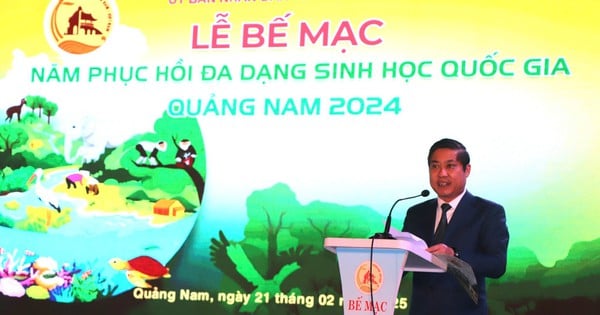





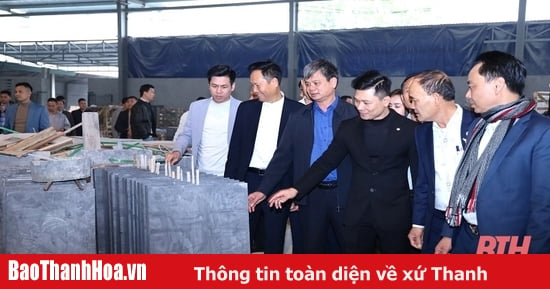
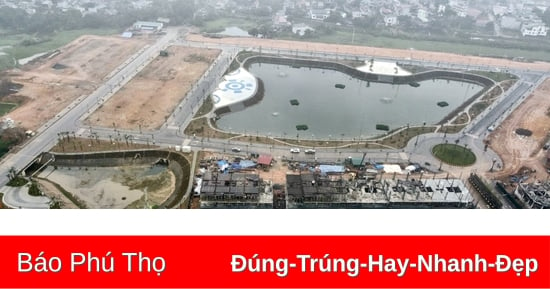


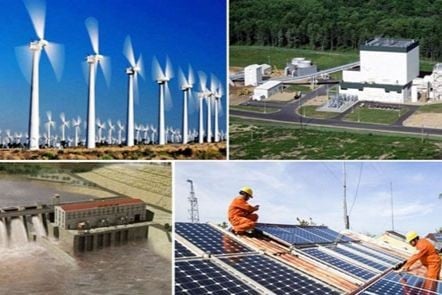

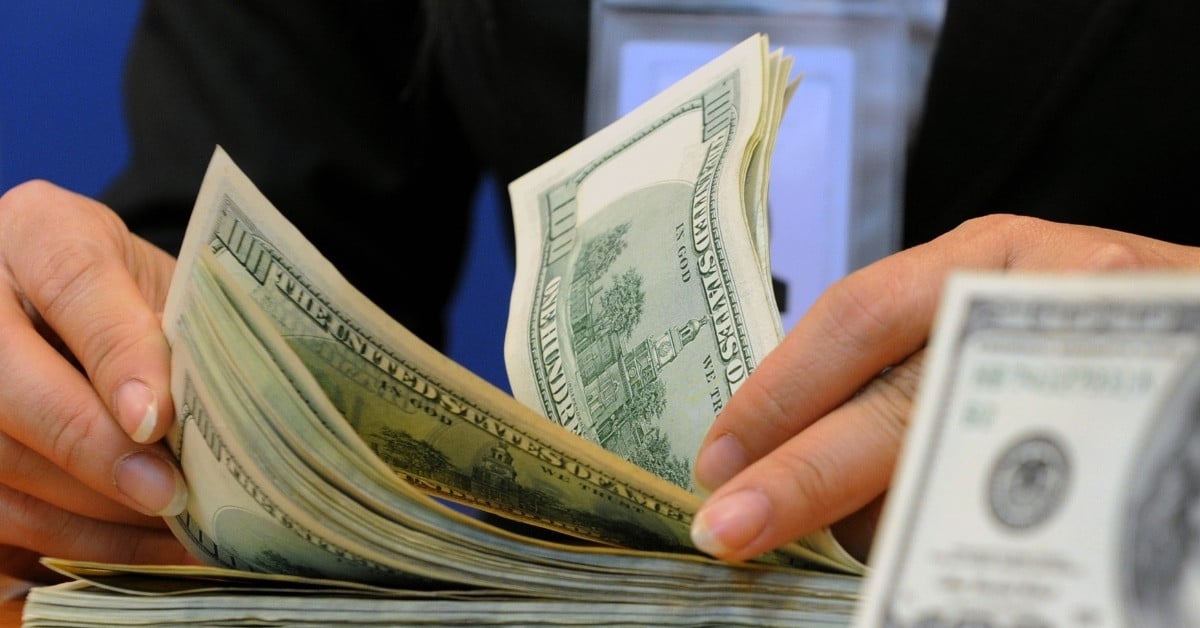


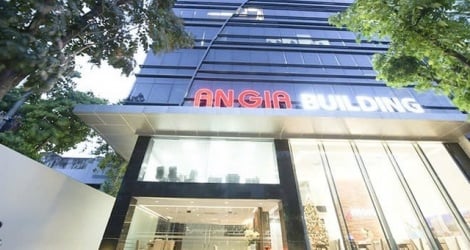






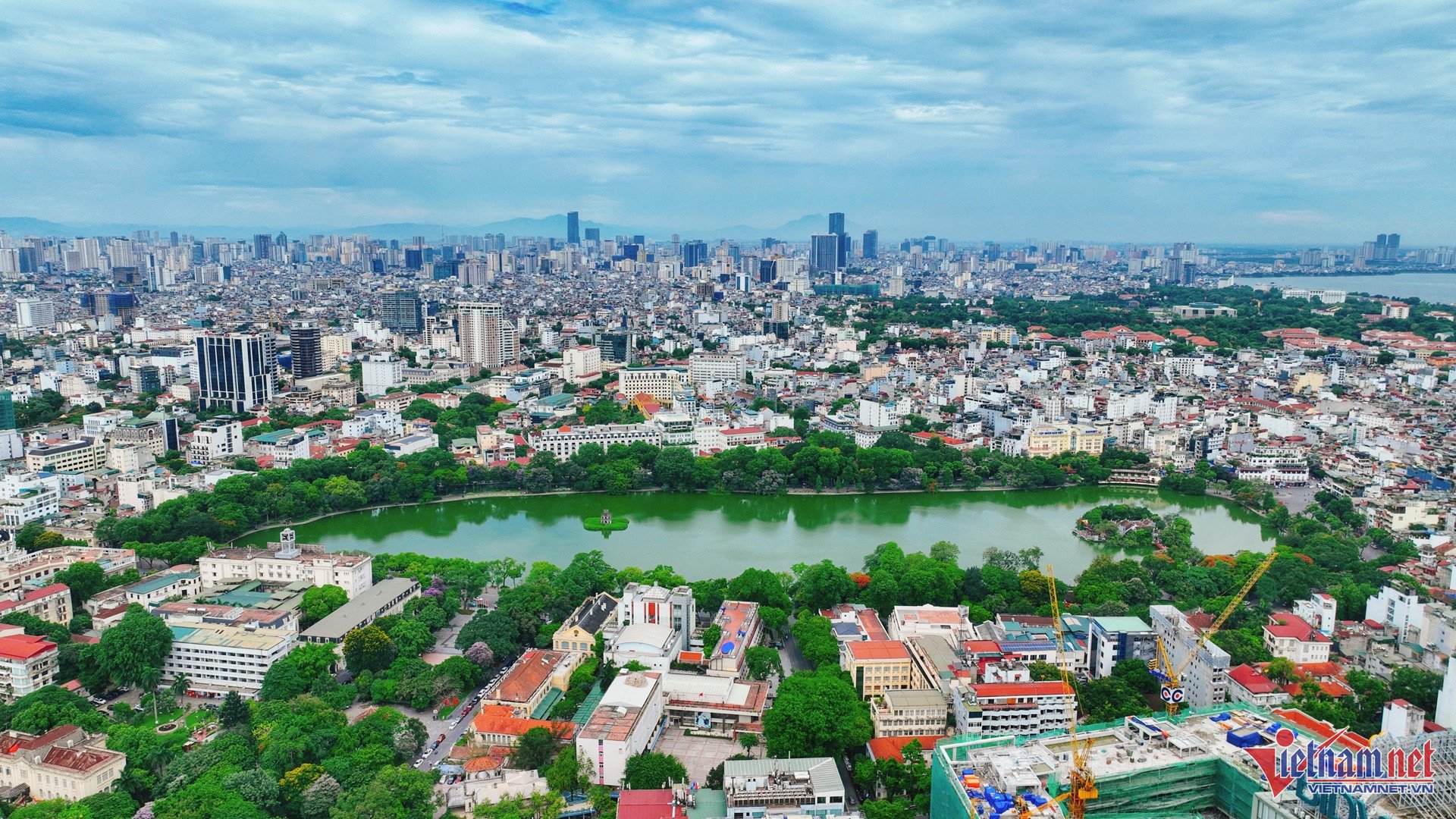









Comment (0)